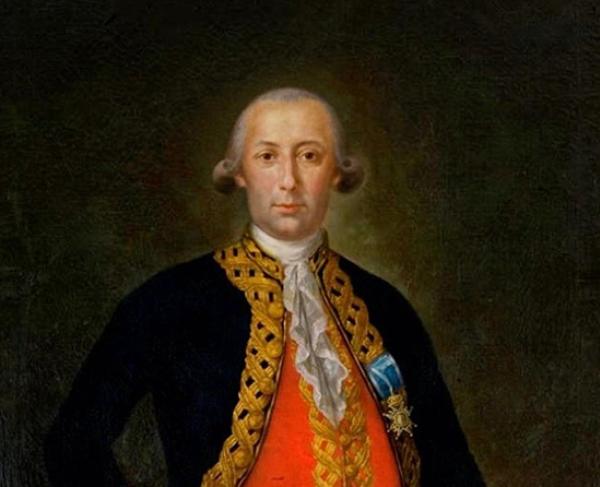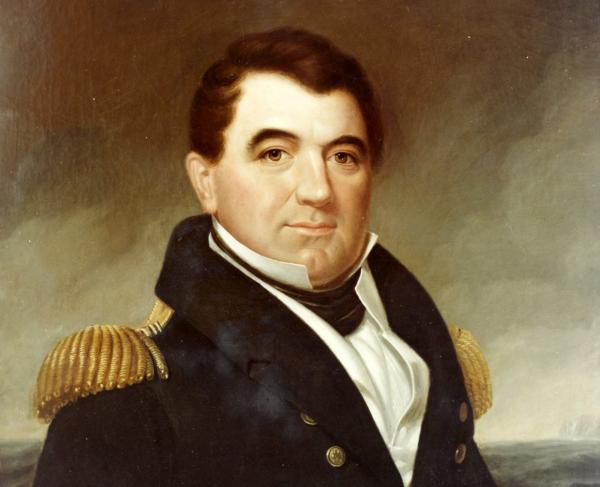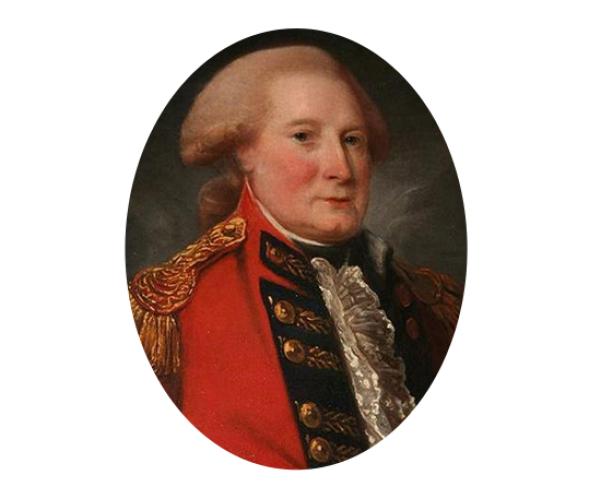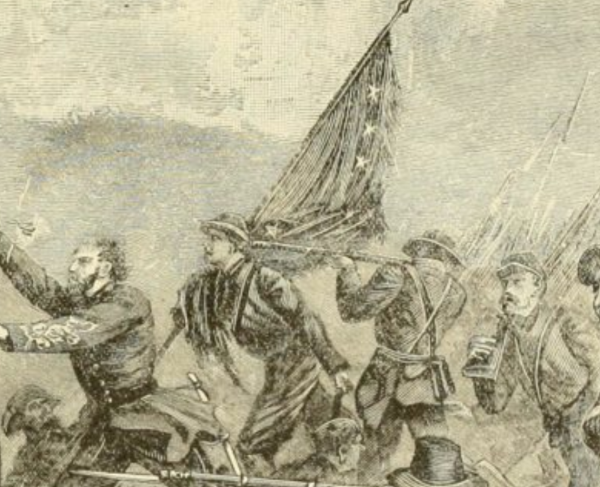Bernardo de Galvez

Gálvez was born in the small village of Macharaviya in the province of Málaga, Spain on July 23, 1746. He studied military science at the Academy of Ávila and first saw military action in the Spanish invasion of Portugal in 1762, at age 16.
Over the next decade and a half Gálvez was promoted several times and saw battle in both the Americas, while fighting against the Native American Indians, and in Europe, where he served in the expedition of O’Reilly, aiding in the capture of the fortress guarding the city—which lead to his promotion to lieutenant colonel.
In 1777 Gálvez became colonel and interim governor of Louisiana. During the same year, he married Marie-Félicité; the pair had three children. His mission as governor was to deal with the native populations, promote trade, build the population, and protect the province.
Also in 1777 Gálvez began to smuggle supplies to the American Rebels—shipping gunpowder, muskets, uniforms, medicine, and other supplies through the British blockade to Ohio, Pittsburgh, and Philadelphia by way of the Mississippi and Ohio Rivers. Gálvez led an expedition of American troops through New Orleans before Spain joined the war effort. When Spain declared war on Great Britain in 1779, Gálvez began planning a military campaign against the British, capturing Pensacola, Mobile, Biloxi, and Natchez—all four British ports in the Lower Mississippi with little more than 500 soldiers and only two ships. His greatest military accomplishment was a victory over the British forces when he attacked Pensacola, West Florida and took the city by land and sea, which proved to be one of the longest battles of the American Revolution, lasting from March 9 to May 8, 1781. This severely lessened the number of British troops and ships that could be sent to Yorktown where Charles Lord Cornwallis’ forces were ultimately forced to surrender to George Washington’s Continentals.
Gálvez is best remembered for his role in denying the British the ability to encircle the American rebels from the south by pressing British forces in West Florida and for keeping a vital flow of supplies to Patriot troops across the colonies. Gálvez was officially recognized by George Washington and the United States Congress for his aid during the American Revolution.
The King of Spain made Gálvez a count and the viceroy of New Spain and placed him in command of all Spanish military operations in the Americas. He was popular amongst his constituents but feared by the judicial body of New Spain, called the Real Audiencia, for they feared he would orchestrate a rebellion for New Spain’s independence that would mirror the American Revolution. He fell ill and died at the age of 40 on November 8, 1786—some speculate that he was poisoned by order of the state.
As a part of the U.S.A.’s Bicentennial Anniversary in 1976 a bronze equestrian statue of Gálvez was erected in Washington, D.C. to commemorate his service and dedication to the patriot cause. On December 16, 2014, Bernardo de Gálvez was awarded honorary citizenship by the United States Congress and was cited as a hero of the American Revolution.
Related Battles
272
1,320


